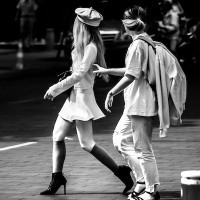How is your SL3 battery life experience?
-
Recently Browsing 0 members
- No registered users viewing this page.
-
Similar Content
-
- 2 replies
- 310 views
-
- 24 replies
- 981 views
-
- 1 reply
- 329 views
-
- 37 replies
- 1,054 views
-
- 5 replies
- 308 views
-




Recommended Posts
Join the conversation
You can post now and register later. If you have an account, sign in now to post with your account.
Note: Your post will require moderator approval before it will be visible.